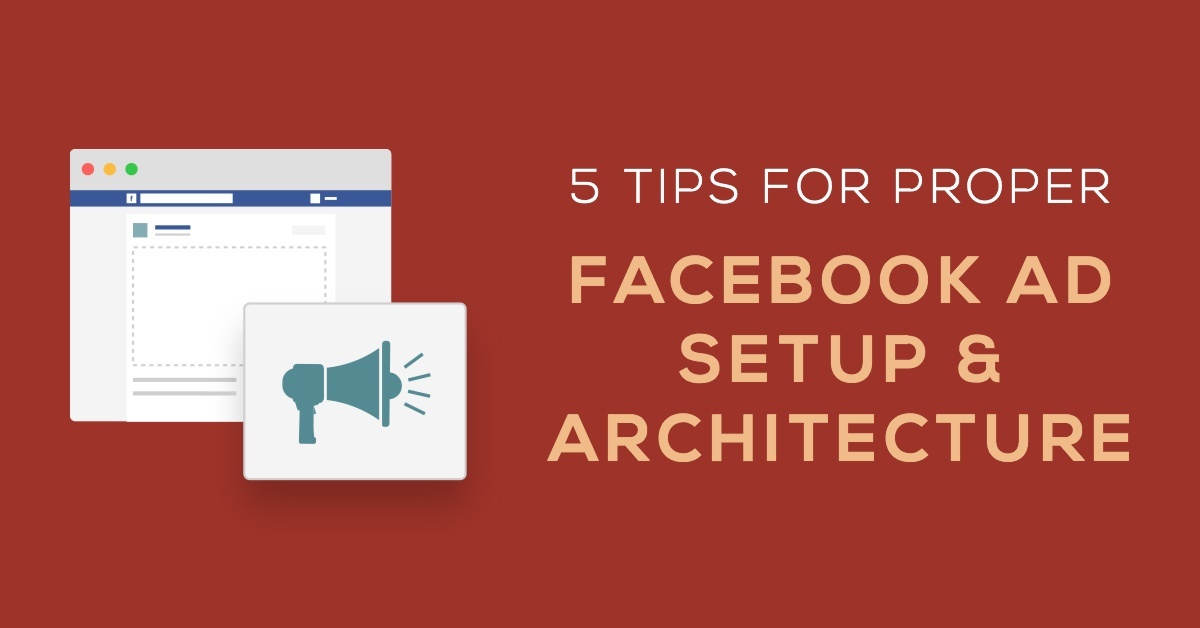So, you’ve decided to make the jump into Facebook advertising. Now what?
It may seem overwhelming at first glance, but these tips will help you get up and running smoothly while making sure you’re wringing every drop of conversion goodness out of your ad campaigns.
Here’s what you’ll need to keep in mind when you’re getting started:
Set Up the Facebook Pixel Correctly
If you’ve been using the Facebook tracking pixel for quite some time, you may not know that they are discontinuing the old pixel in favor of a new one, so you may need to update your pages accordingly.
If you use platforms like Shopify, Magento or BigCommerce, you can edit your pages without the need to edit the code directly. Visit this page to learn more and discover how to do this, as well as implement the new Facebook pixel.
Ad Naming Conventions
Once the pixel is implemented and tracking, it’s time to consider the ad campaign itself. Making sure to name your ads accordingly is going to be crucial as you continue to create more of them and track which ones performed best.
Something like “fb-ad” will tell you nothing over the long term, whereas “nov11-2-16-puppy-ad-dog-loversv1” will tell you precisely which ad you’re tracking, including what the creative was, who it was targeted to, when it ran, and even which version it was if you are split testing between ads.
Make URL Slugs Consistent
Naming your Facebook ads is just one step toward helping to spur a high performing, high converting ad. Another is to keep your URL slugs consistent. A URL slug is quite simply, a URL to an exact page. So rather than being something like www.example.com as a catch-all, you’d direct ads to something like www.example.com/fb/puppies/1/.
It sounds like a simple task but it’s also one that, like ad names, can become convoluted the more ads you run over time. Having a consistent naming outline in practice for both your ads and URLs is vital as you continue to test, track and measure your ad performance.
Make Sure You’re Focusing on the Right Parameters
And by parameters, we mean UTM parameters. UTM parameters are special tags you can make in Google Analytics which let you better test and track your pages according to certain parameters. Those parameters are:
- Campaign source – the platform where your traffic is coming from, such as your email newsletter, Twitter or Facebook
- Campaign medium – the type of media being used in the campaign, this can be CPC, social media, affiliate links, QR codes, etc.
- Campaign Term – this is used when doing pay per click campaigns in AdWords and is used to track your keywords. It can also be used for display ads to help identify customer segments.
- Campaign Content – this is the real meat of UTM parameters – especially when split testing. For example, with the puppy Facebook ad, you could point both ads to the same URL, but use the Campaign Content UTM parameter to differentiate them.
- Campaign Name – An internal name designation that identifies your campaign
In addition to keeping these points in mind, be sure that you keep all the entries lower-case for consistency. FB-ad is treated differently than fb-ad is treated differently than Fb-Ad.
It’s also worth noting that when using UTM parameters, you may end up with a rather long and bulky URL. An example might look like:
www.example.com/article/puppy-training-tips/utm_source=facebook&utm-medium=feed&utm_campaign=fbpuppies
Who would want to click something like that? For people who don’t understand UTM parameters, that reads like a long line of “we’re trying to sell you something”.
To prevent that, you can shorten the URL with a free service like https://goo.gl/ – Google’s own URL shortener. Keep in mind, however, that the URL and the associated analytics generated from it are public and can be accessed by anyone.
Test Your Ad Creative Appropriately
You want to make sure your Facebook ads are resonating with your target audience. The best way to do that is to test your creative to find the winning ad.
It’s a fairly simple 4-week process:
- Week 1: Test a variety of ad types, such as newsfeed, carousel, video, etc.
- Week 2: Once you’ve determined the best ad type, test your images or copy.
- Week 3: Test the opposite variable, (If you tested copy, test the image, and vice versa.)
- Week 4: You have a control. You can continue to test more specific variables, such as image overlays, CTAs, descriptions, display urls, etc., but now you know which ad is your winning ad, and you’re ready to scale.
Check out this blog post for more information on testing your ads.
Track Everything in FunnelDash
You’ll be able to see your progress in narrowing down your winning ad by using the FunnelDash dashboards. Click on the button below to sign up for your free 14-day trial.
How do you structure your Facebook ad architecture? Tell us about it in the comments below.


